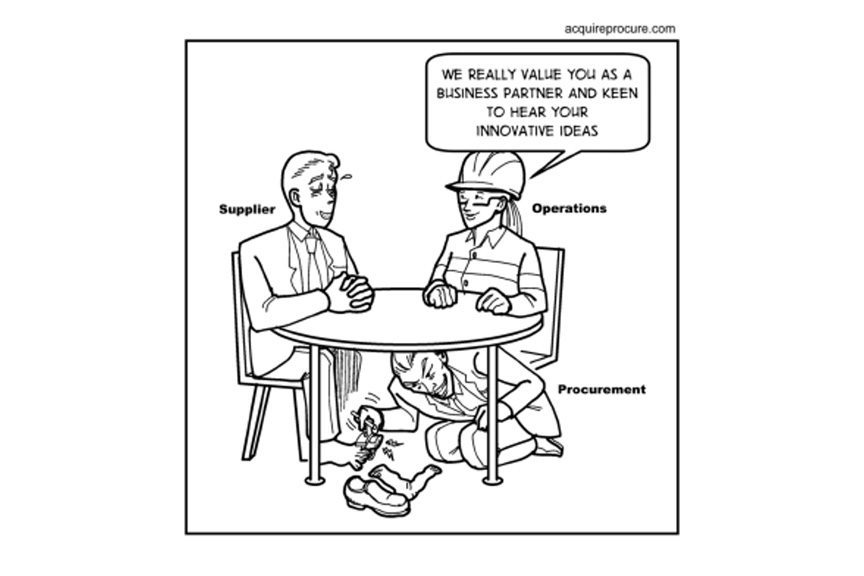The Covid-19 pandemic has changed the world as we know it, probably forever. Some business models will have ceased to exist, but all will require modernisation and change to the new normal. What can you, as architecture leaders do to help and assist your Senior Stakeholders and business as a whole? Right now, most companies will be looking at their cost base and supply chains and seeking to stabilise those before any other decisions are made. However, once they are your CxO level stakeholders will be looking towards the next priority, which will be the resilience and agility of business models. SaaS-based software will enable this but can you think beyond the here and now to ensure that decisions the business make now on this subject will stand up to scrutiny in the years ahead?











